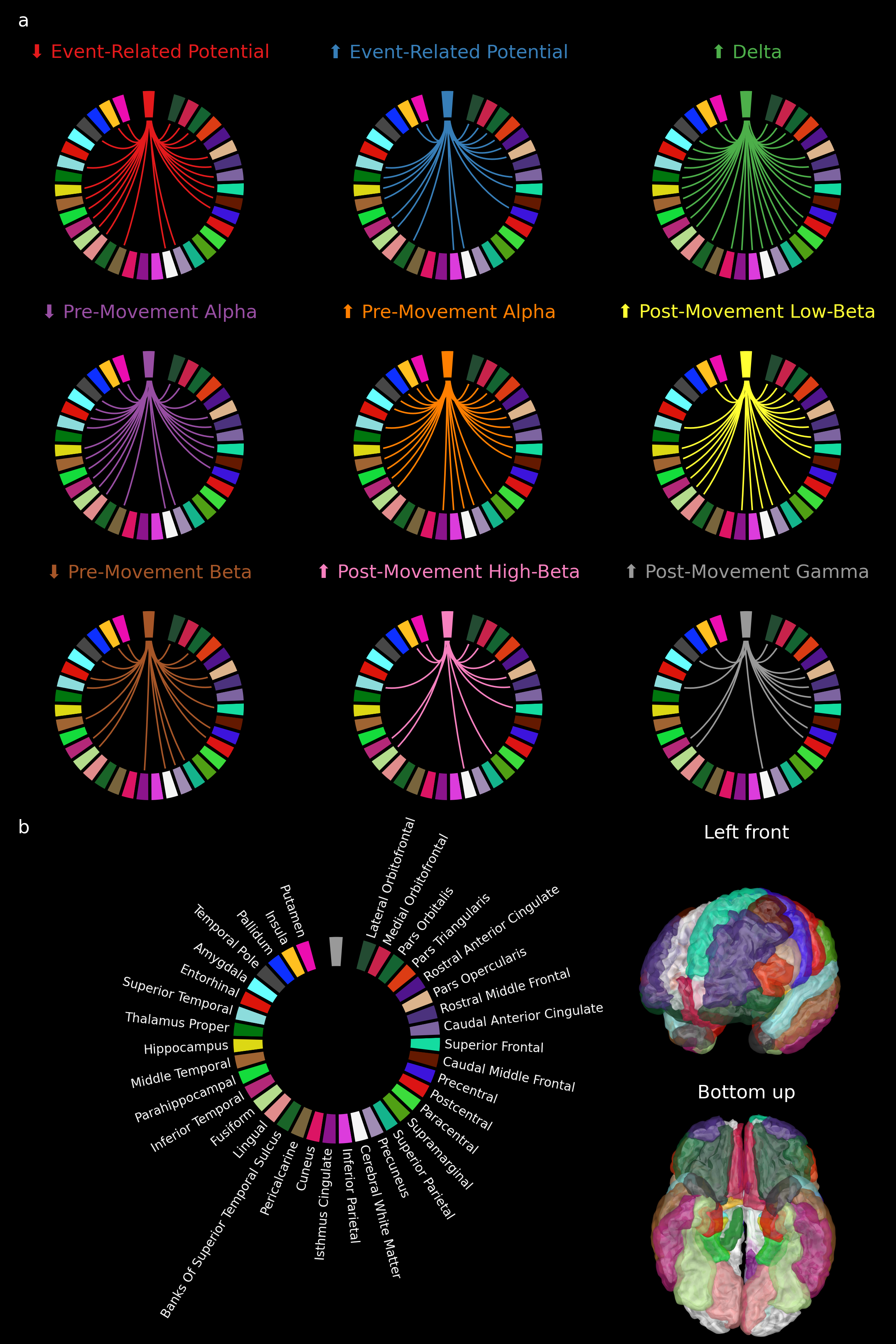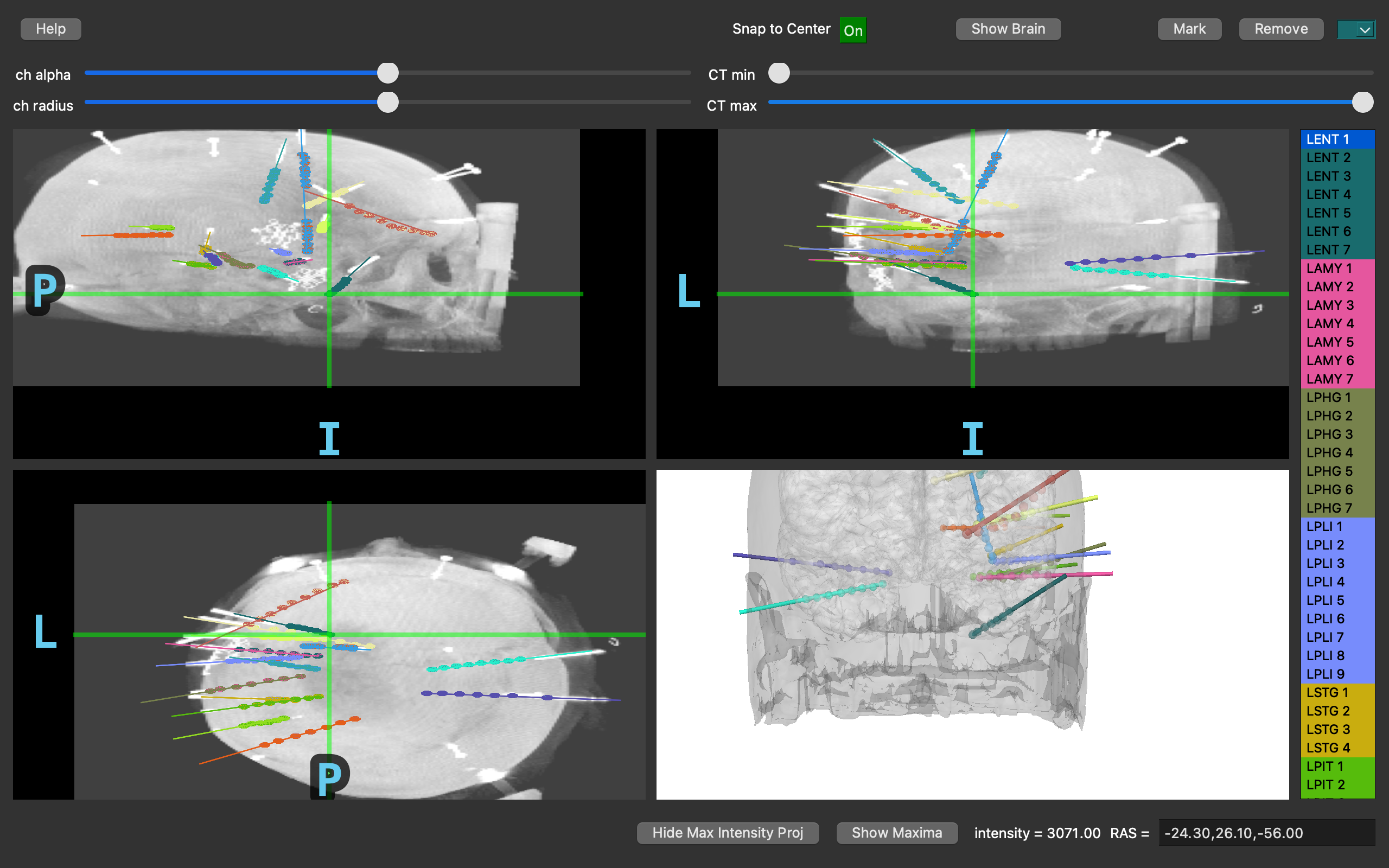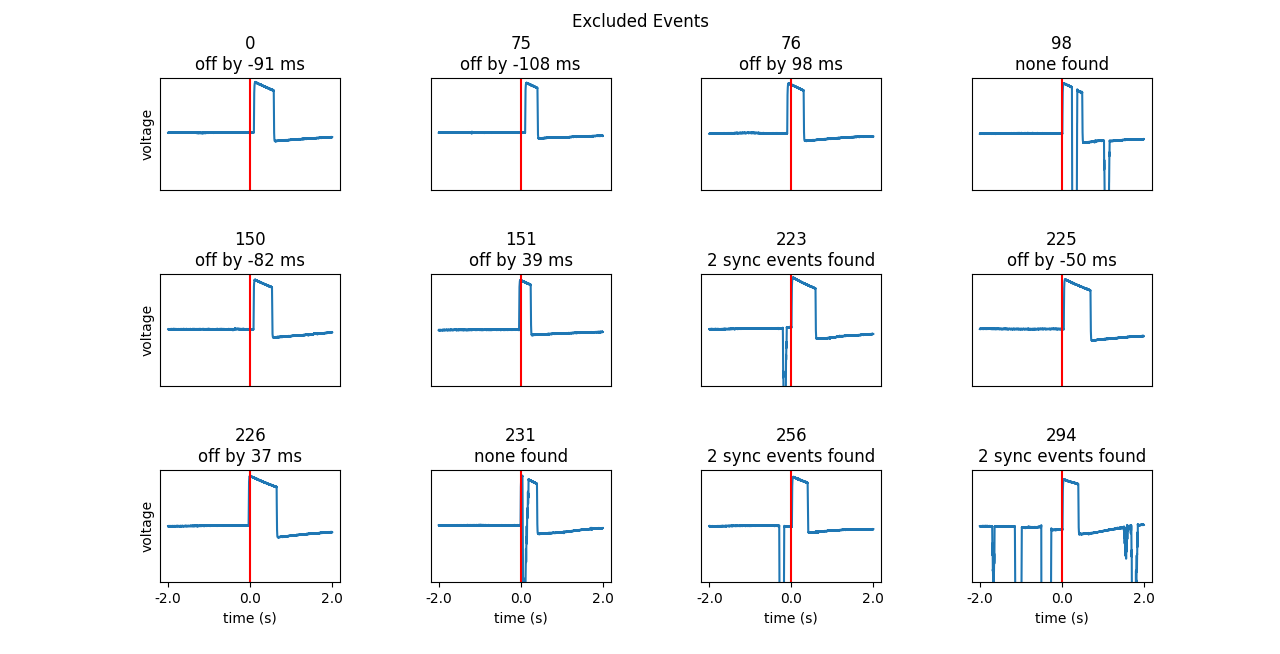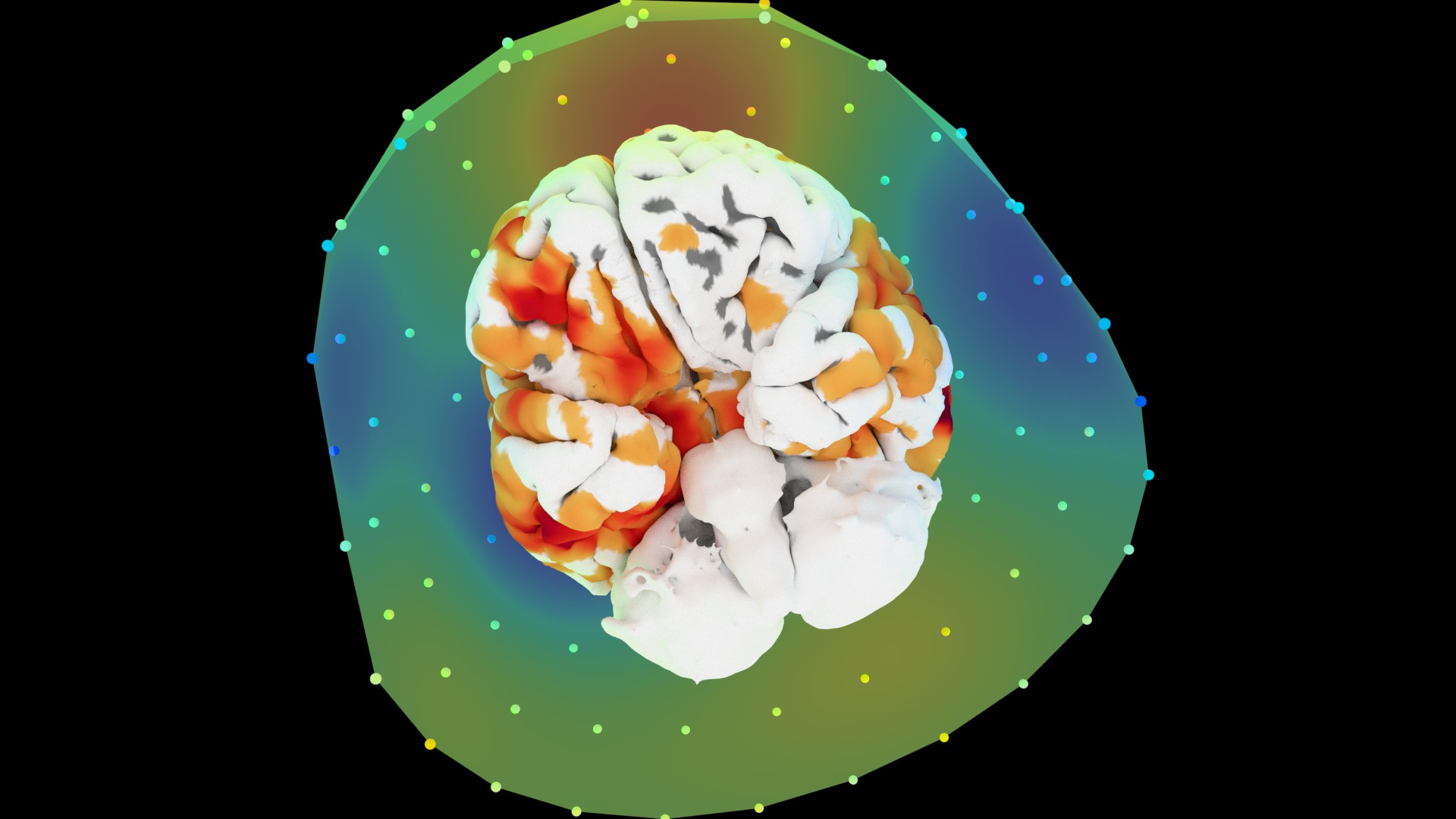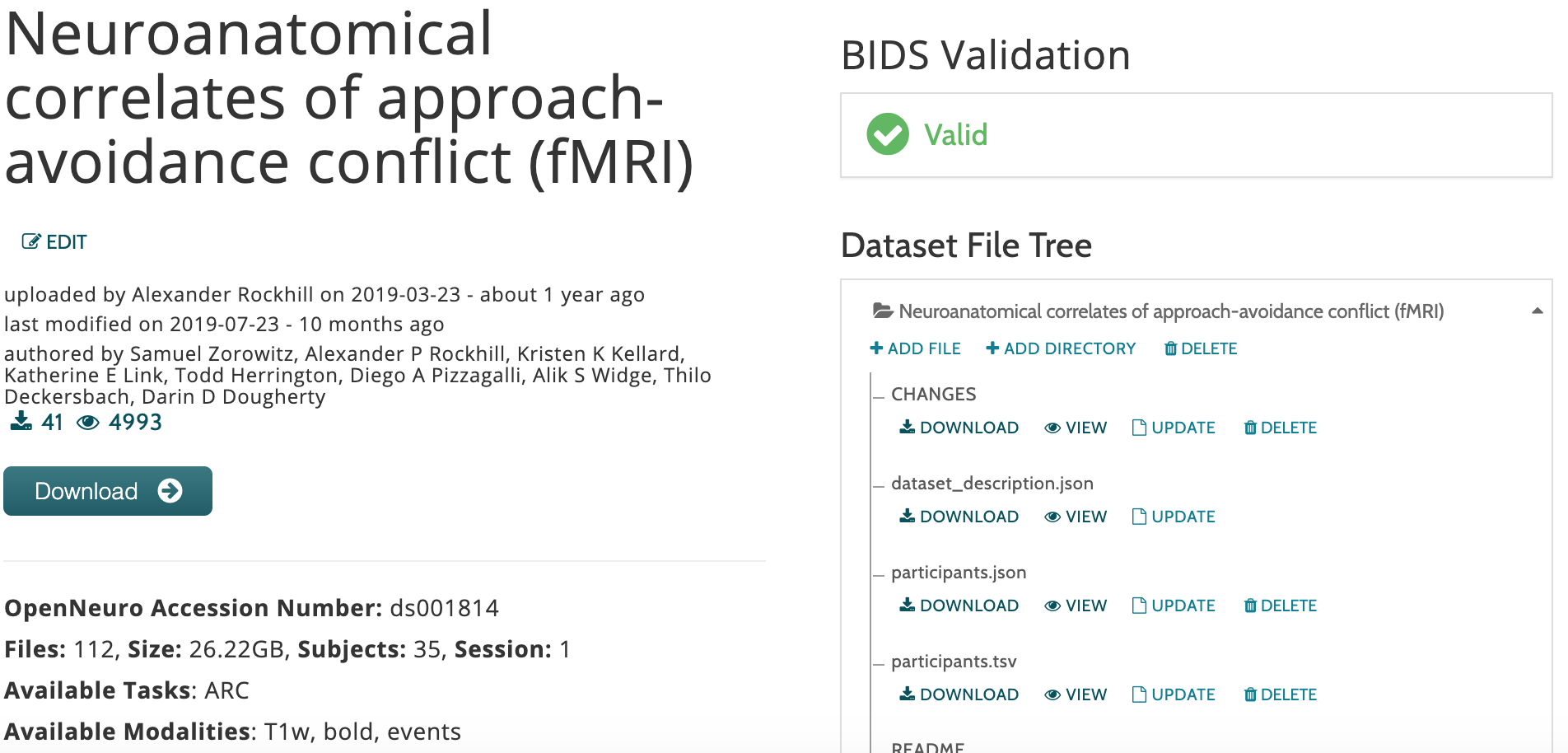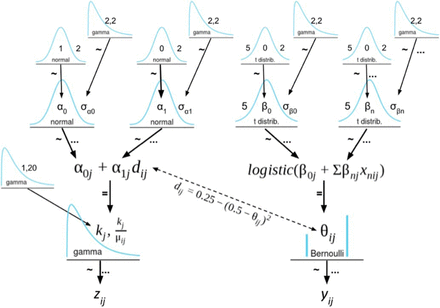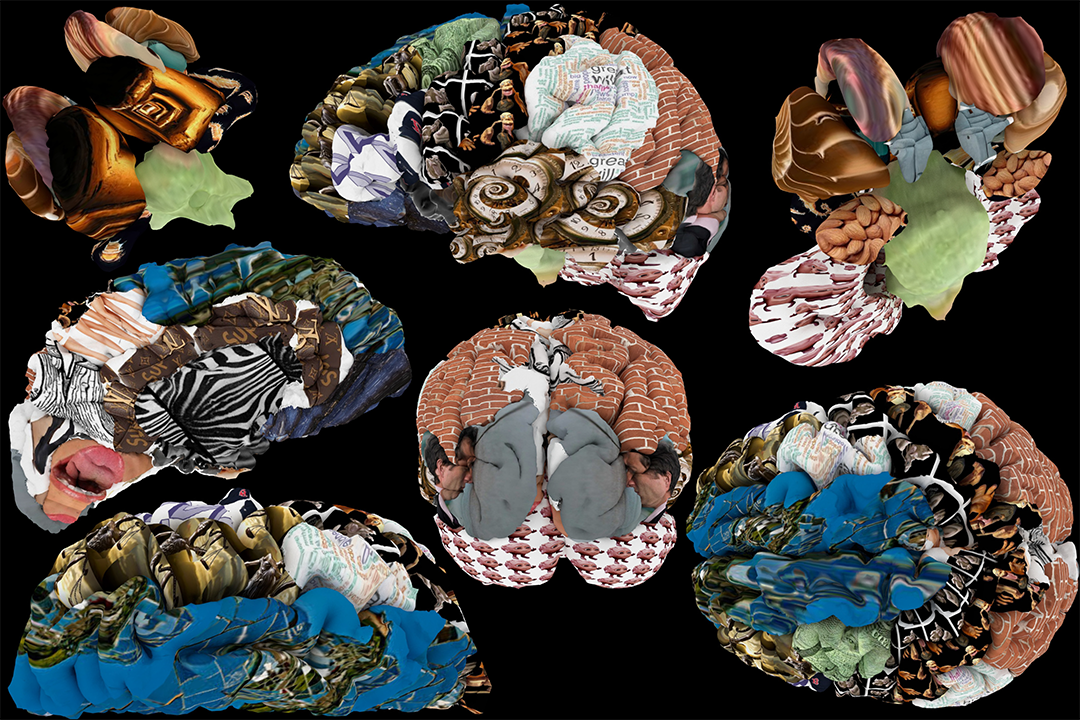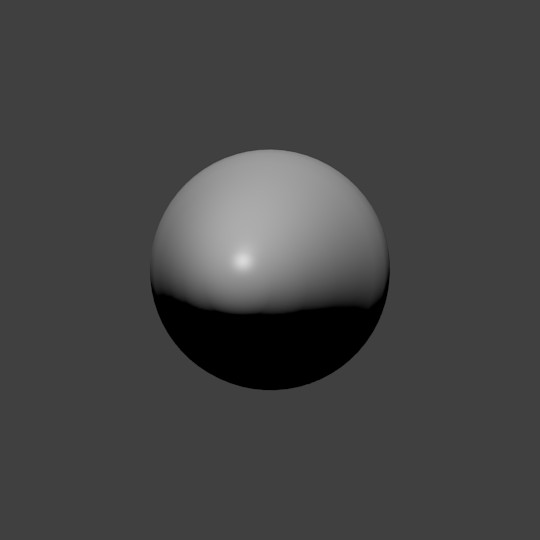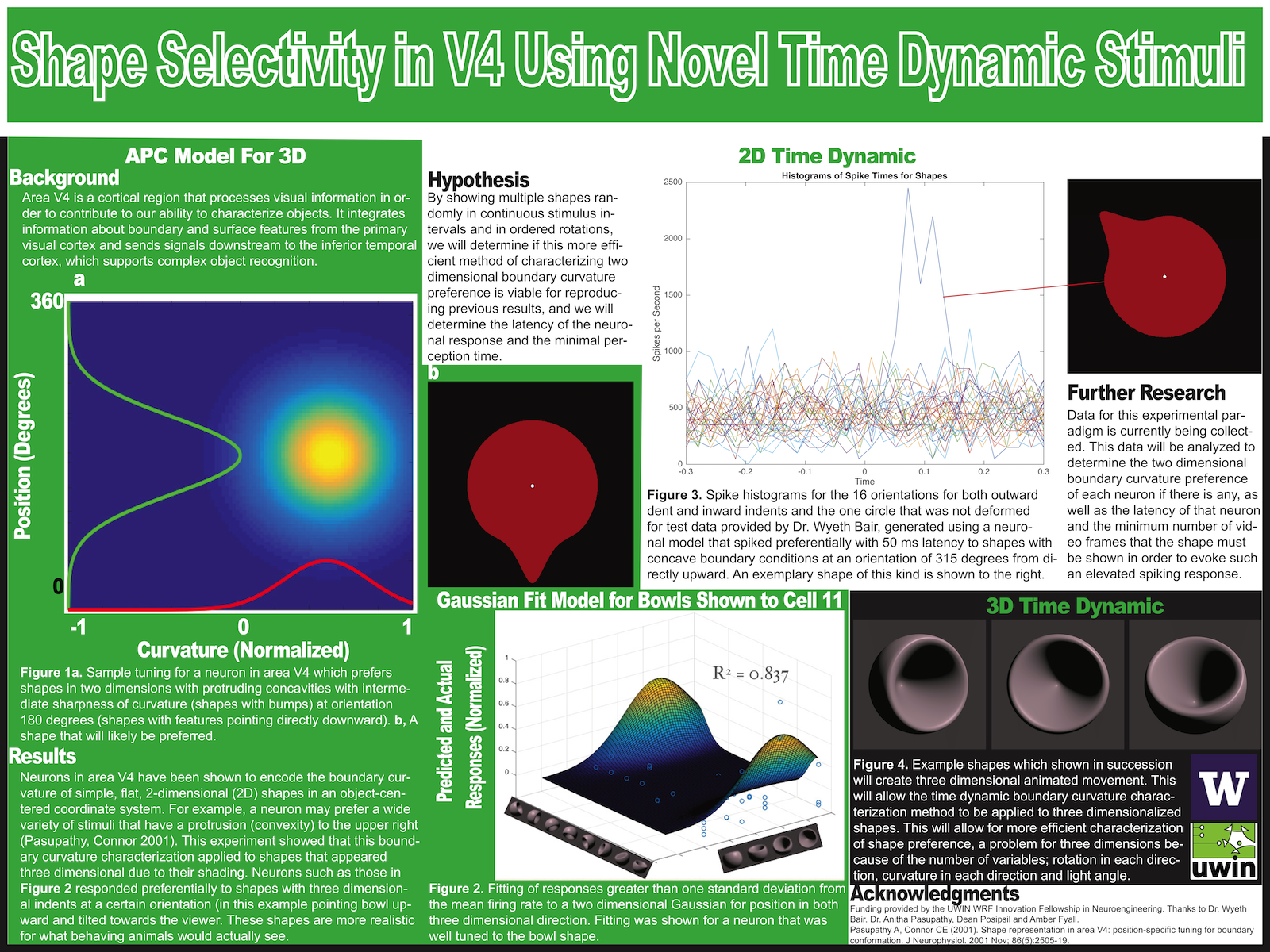Hello! I am postdoctoral researcher at Oregon Health & Science University in the lab of Dr. Ahmed Raslan where I study movement and cognition using intracranial electrophysiology recordings. I completed my PhD at the University of Oregon in the Department of Human Physiology researching in the Swann Lab studying the electrophysiology of movement and movement disorders using computational neuroscience. Check out some of the science I have done that is displayed below. I am a Pacific Northwesterner who loves neuroscience, the outdoors, running, dogs and all things sustainable. I worked with Alik Widge MD PhD at the Martinos Center (Harvard/Massachusetts General Hospital affiliation) studying psychiatric patients with deep brain stimulators using electrophysiology and neuroimaging for two years. Before that, I worked in the Bair Lab studying 3D shape representation in area V4. I also worked with Erik Carlson MD PhD while at UW studying cerebellar serotonin knockout mice. I have degrees in neurobiology (BS) and applied math (BS) while also completing the computational neuroscience program. I love the discovery, community and shared sense of purpose of being a scientist and software engineer.

